It is a known fact that machine needles are an absolute requirement for machine embroidery. Sometimes choosing the best one seems like a difficult task. We bring you complete information on types of machine needles and what to consider while looking for an embroidery machine.
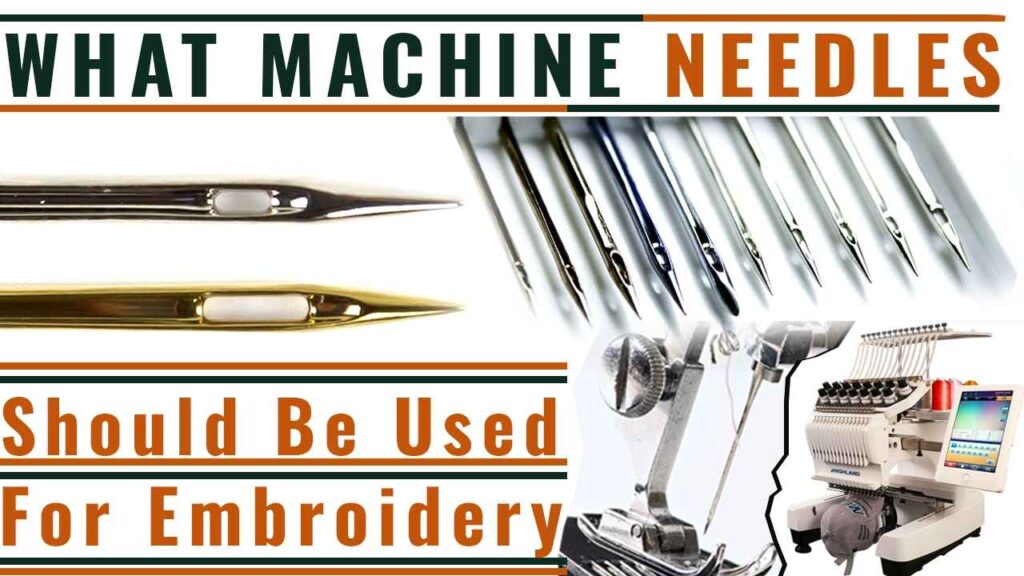
What Machine Needles Should Be Used For Embroidery
Introduction
But before buying it, there are a few points you need to keep in mind. You must know your sewing machine’s capacity, the fabric, the thread for embroidery, and the stabilizer.
These are the common factors that decide the exact point and size of your embroidery machine needle. If you use the correct one, it will make your embroidery go clean and smooth with minimal thread breaks.
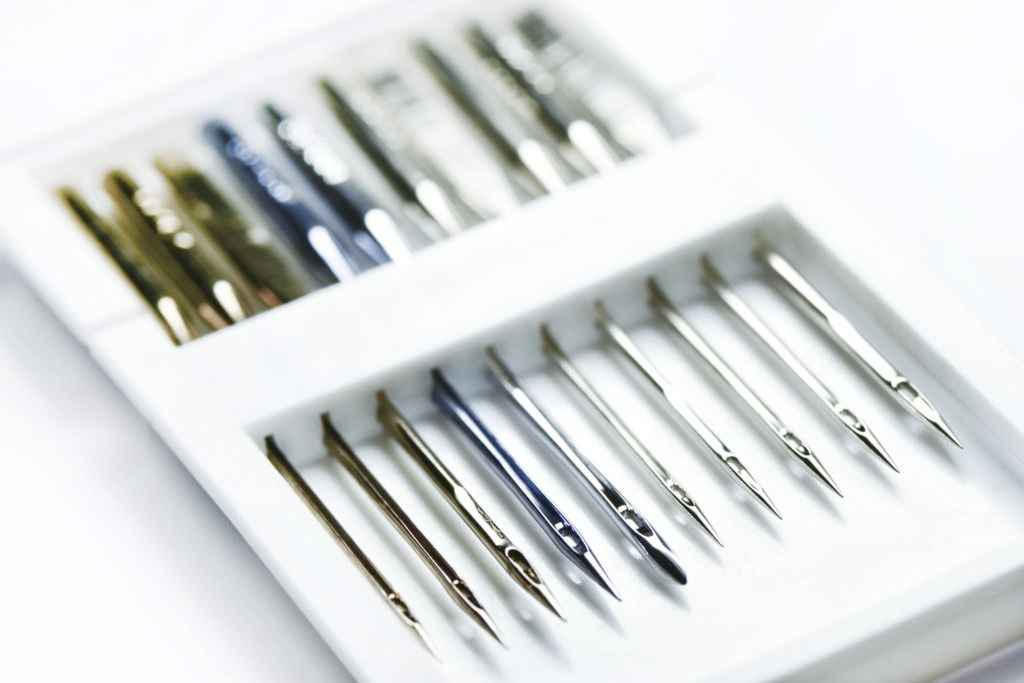
Embroidery Digitizing
&
Vector Art Services
Are you looking for embroidery digitizing and vector art services at low cost with superfast turnaround, guaranteed quality and preview before pay? So, you are at right place. We can digitize and vectorize any type of artwork in your required file format.
Types of Embroidery Machine Needles
The common types of embroidery machine needles, have rounded tips and a universal point. It fits almost all types of stabilizers and fabrics. The size also matters for perfect and crisper embroidery. The size may vary, but it ranges between 70-110mm. The best needle always has a lower number, so choose wisely. The measure also depends on the stabilizer, thread, and fabric you are using for embroidery.
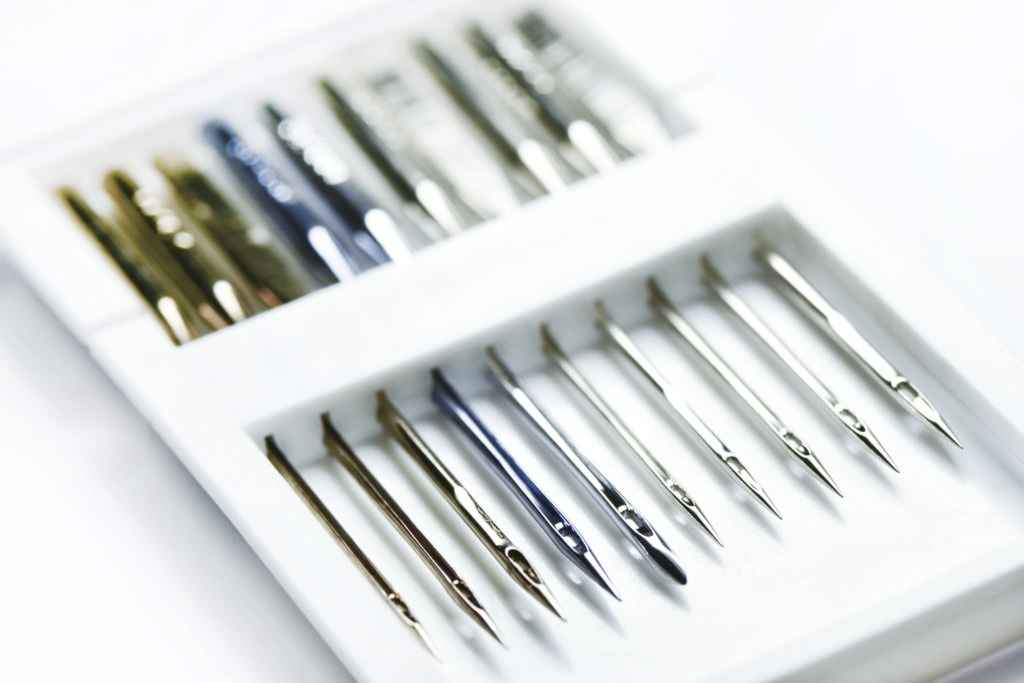
If you are working on heavy and dense material, you should use titanium embroidery machine needles because they are of high quality and easily penetrate into the fabric without breakage or losing shape.
These work more efficiently than other chromium-plated ones, which break easily. You should also consider your embroidery machine; otherwise, it will create a hindrance because needle requirements differ depending on the specific brand you are using.
Keep in mind the weave and the weight of the needle you are going to use, the machine’s features, the density of the embroidery design, the stabilizer, the weave, and the importance of the material and the thread for efficient work.
Perfect Durability Embroidery Machine Needles
These needles are a perfect fit for you working on abusive material with heavy design patterns. They are wear-resistant and are made up of ceramic titanium. Using an ideal durability needle helps you in smooth embroidery with fewer defects and increased productivity.
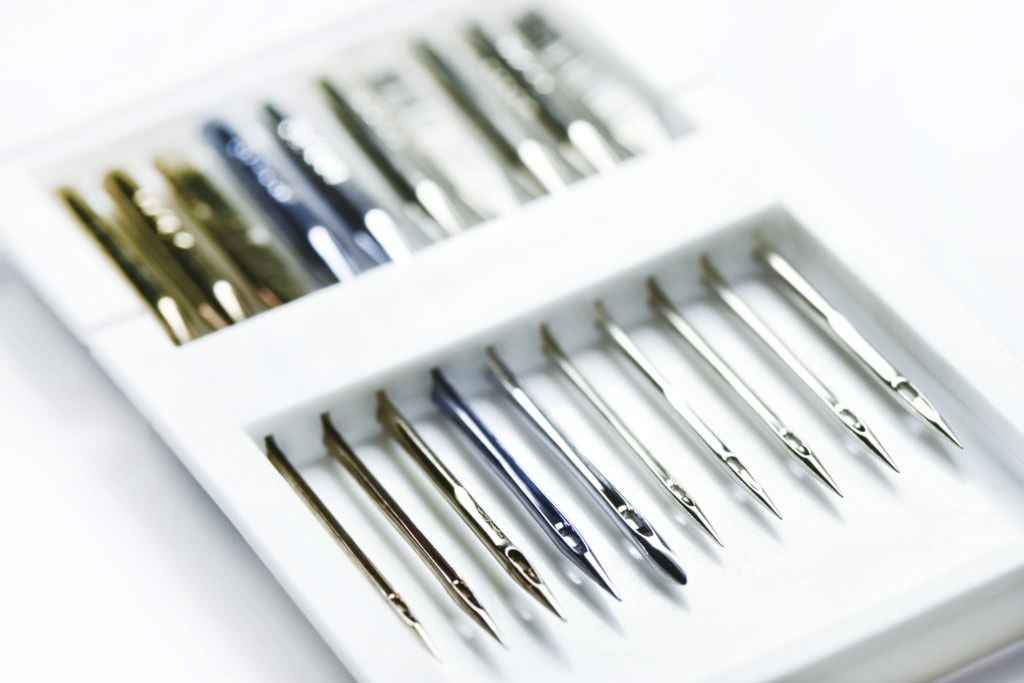
Ball Point Embroidery Machine Needles
We recommend you using ballpoint needles when working on woven or loose fabric. Using an ordinary one for delicate woven and loose clothes creates a big hole in them, damaging fabric quality.
It is recommended to use a thin needle for a soft material to maintain its quality. Ballpoint needles work close to woven fabric without creating a hole and maintaining the quality of it.
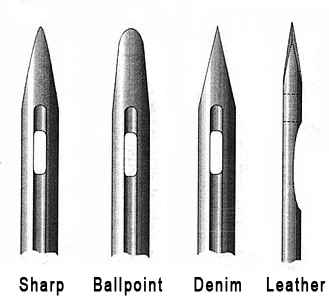
Cool Sew Needles
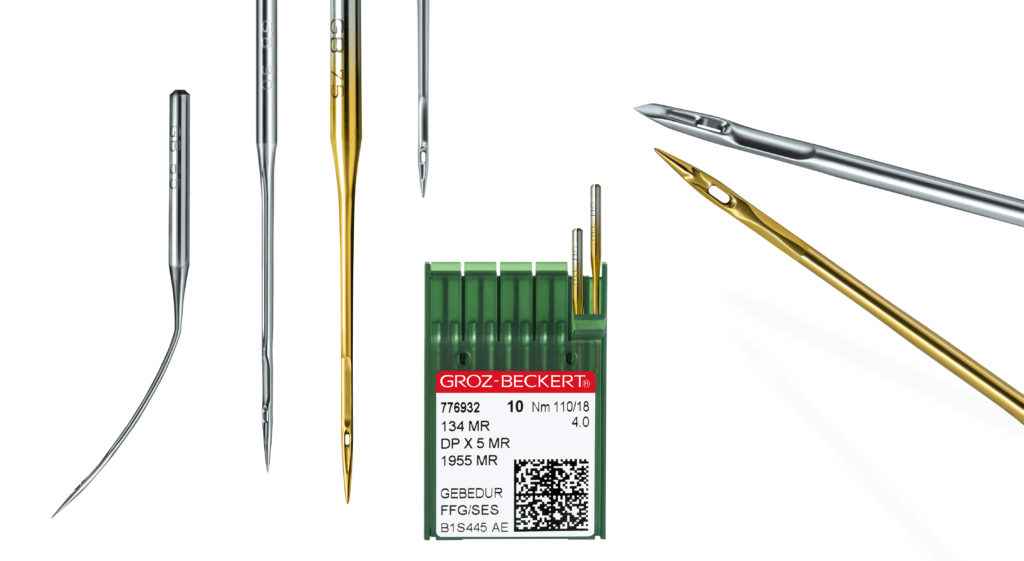
These were produced to reduce needle problems from given conditions discussed below:
- The buildup of heat from chemically treated heavy material or synthetic fabric.
- Fabric sticking to the eye or surface of the needle.
- Frequently breaking of thread from friction in parts of the needle.
In chemically treated or synthetic fabric, friction is a big problem between the material and the needle. It may build up heat in it, which can fuse or melt the fabric. The problem is pervasive, but you can overcome this condition by using cool sewing machine needles. They solve the issue preventing it from recurring.
Best Advice For Embroidery Machine Needles
There are no written rules for selecting embroidery machine needles, but some points will help you in the long run. The first thing is while dealing with delicate and lighter material, using a thin and smaller needle such as batiste and working on rigid and heavier fabric a large needle such as canvas will help you get through the material.
Frequently Asked Questions
Select the needle size according to the material type you would be embroidering on. Use a heavy needle up to a size ninety for embroidering on denim, and use a small needle maybe a 65 or 70 for lightweight materials. If you would be embroidering on a knit material then an organ ballpoint embroidery needle is your best asset.
Needles come in a lot of different sizes. The different sizes are reflected by a number. A rule of thumb that applies to tapestry, chenille, and embroidery needle sizes is that the bigger the number, the smaller the needle is, and the smaller the number, the bigger the needle is. This doesn’t apply to all needles, but for hand embroidery, it makes things less puzzling.
75/11 size is used for lightweight knit and woven material, 80/12 is fine for medium weight material such as quilting cotton and linen, and 90/14 is best for embroidery on heavyweight material like on felt, jeans, etc.
There are 5 major categories of needles that you must have on hand. 1. Crewel Needles 2. Tapestry Needles 3. Chenille Needles 4. Milliner Needles 5. Specialty Needles Here are some tips to help you choose what size needle you should use: 1. The needle must be capable to pull the thread including the doubled thread near the eye with the material pretty easily, without enabling excessive graze on the thread as it passes through the material. 2. However you might hear a pop as the needle passes from the material – this pop is basically the most obvious on very taut materials, there must be no real friction in the material when pulling the needle’s eye through. If there is friction – if the material is denting and pulling, and you actually have to fight to get the needle with – that is a sign you must be using a bigger needle. 3. Although there may be a soft sound as the rest of the thread passes with the material, there must not be a loud noise. If the thread is making loud noise and you can feel friction while you pull the thread all the way through to the stitched end, chances are that your needle is not big enough. 4. The hold the needle makes must be big enough for the thread to pass through, but not any bigger. The needles must not leave a perceptible hole around the thread.
The major difference between a needle designed for an embroidery machine and a regular sewing machine needle is the eye size. Embroidery needles have a bigger eye which enables the thread to pass through more readily. The smaller eye of a regular sewing machine needle could create resistance and snag the thread if they are used for machine embroidery.
However, both could be used for machine embroidery, the major difference between embroidery machines and sewing machine needles is the shape of the scarf and eye. Machine embroidery needles have a long eye and a specially shaped scarf to suit the more fragile embroidery threads and not break or fray them.












